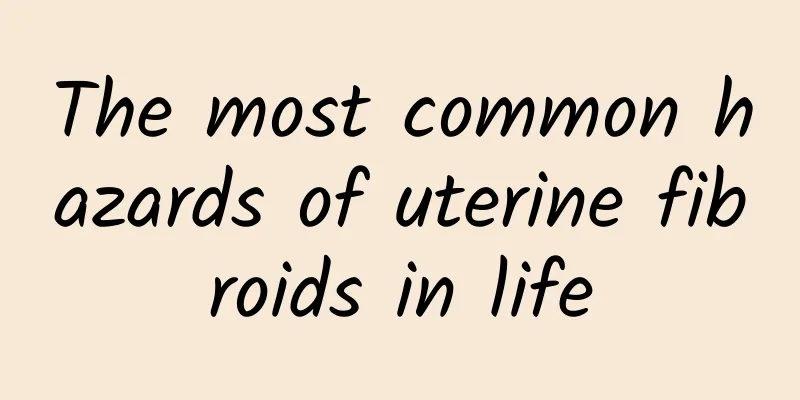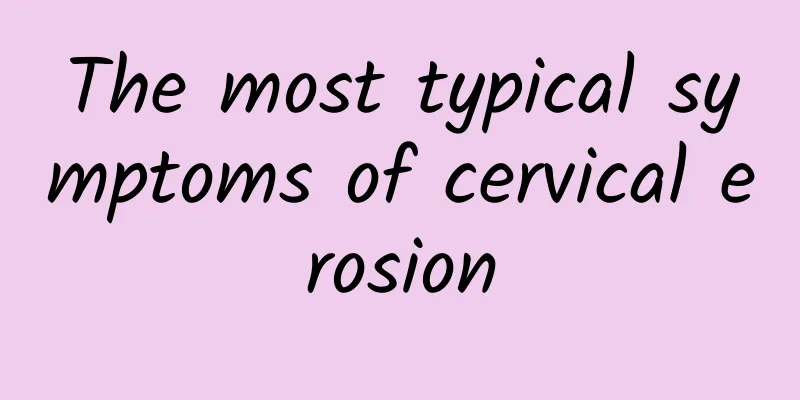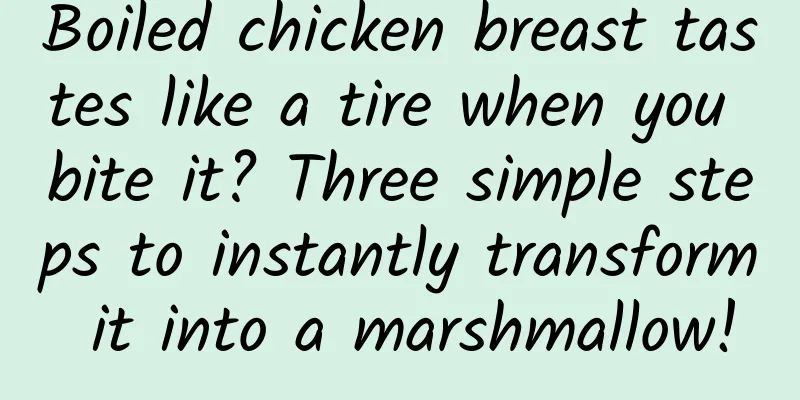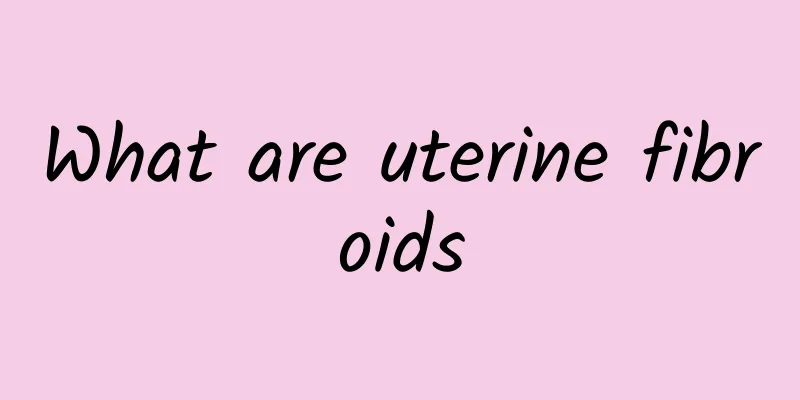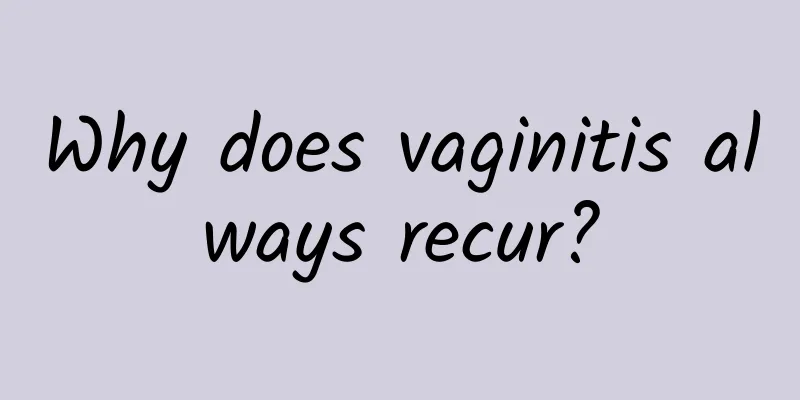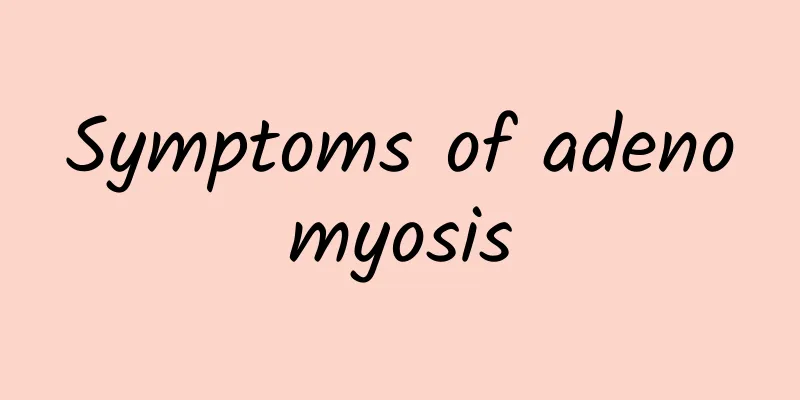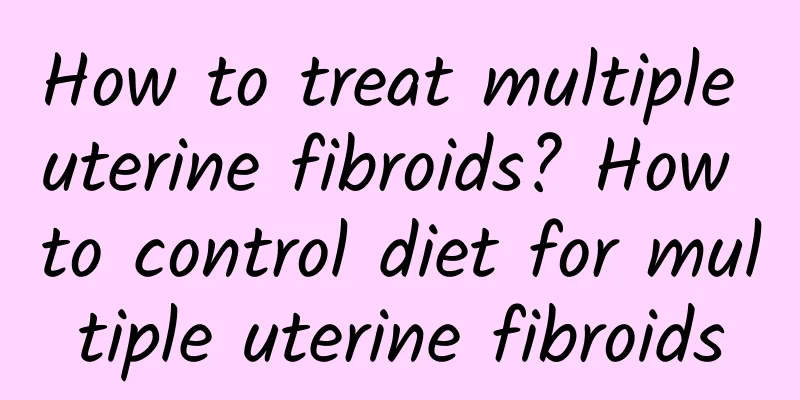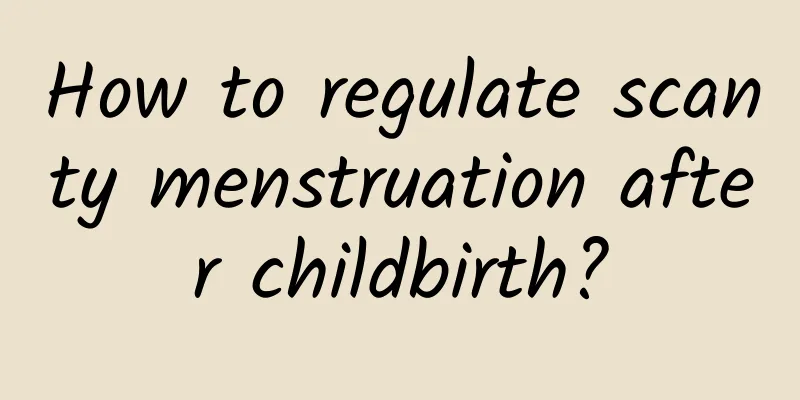What are the treatments for pelvic peritonitis?
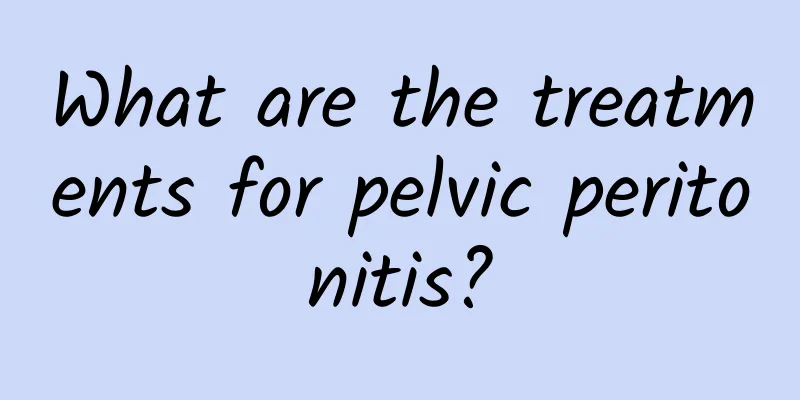
|
The key to the treatment of pelvic peritonitis is to insist on early, combined, appropriate, regular and full-course anti-tuberculosis chemotherapy to achieve early recovery, avoid recurrence and prevent complications. During treatment, attention should be paid to rest and nutrition as important auxiliary measures to adjust the overall condition and enhance disease resistance. Systemic supportive care For patients with good general condition and only fever, abdominal distension, and indigestion, they can be given easily digestible semi-liquid food. Once the digestive tract symptoms are alleviated, they can be given a high-calorie, high-protein diet to strengthen the body and increase resistance. For patients with adhesive or caseous tuberculous peritonitis, they can be given a high-calorie semi-liquid diet with less fiber and rich in protein and vitamins. Chinese medicine treatment The treatment of tuberculous peritonitis with Zengye Chengqi Decoction plus anti-tuberculosis drugs is better than the simple Western medicine anti-tuberculosis treatment. The symptoms such as abdominal pain and constipation are significantly relieved, and the course of the disease is shortened. It greatly relieves the pain of patients. Treatment method: On the basis of conventional anti-tuberculosis treatment, take Chinese herbal medicine at the same time. Basic formula: Scrophularia 15g, Rehmannia glutinosa 10g, Ophiopogon japonicus 10g, Rhubarb (later) 5g, Glauber's salt (taken with water) 4g, Citrus aurantium 10g, Magnolia officinalis 10g, Angelica sinensis 10g, Peach kernel 10g, Fried Areca nut 10g. (VI) Surgical treatment It is mainly used in some serious complications or in a small number of patients with tuberculous peritonitis. The main indications for surgical treatment are: ⒈ Intestinal obstruction, mainly partial intestinal obstruction that is not effectively treated with conservative treatment and gradually worsens, and complete intestinal obstruction. Surgical methods include adhesion lysis, intestinal drainage, intestinal lining, partial intestinal resection and anastomosis, adhesion mass resection, etc. ⒉ When intestinal perforation or abdominal lymph node rupture causes purulent peritonitis or acute tuberculous peritonitis, the intestinal perforation can be repaired, the diseased intestine can be removed, and the purulent substances in the abdominal cavity can be cleared. ⒊ When abdominal wall fistula is formed, the fistula tract can be removed and the abscess cavity in the abdominal cavity can be cleared of lesions. ⒋ When fecal fistula is formed, the fistula tract of the abdominal wall in the affected area can be removed, the perforation of the intestine can be repaired, or the intestine in the affected area can be removed. |
<<: What are the Western medical treatments for pelvic peritonitis?
>>: What are the tricks for treating pelvic peritonitis?
Recommend
Does cervical warts have a big impact on pregnancy?
Cervical warts are a sexually transmitted disease...
What is acute pelvic peritonitis?
In modern society, although the knowledge of gyne...
Metabolic weight loss is very effective... Wu Mingzhu: Are you taking the three major Chinese medicines of Cassia seed correctly?
There are numerous weight loss gimmicks on the ma...
What to do if you have a headache before your period?
What to do if you have a headache before your per...
What are the examination items for congenital absence of vagina?
Women do not want to have gynecological diseases,...
Can obesity cause ovarian cysts?
In recent years, ovarian cysts have become a comm...
Which hospital should I go to for pelvic peritonitis?
With the continuous development of society, pelvi...
Is uterine cyst surgery minimally invasive or open surgery?
Uterine cyst surgery usually uses minimally invas...
Can I drink alcohol if I have ovarian cyst? What should I pay attention to?
Can I drink alcohol if I have ovarian cysts? What...
What foods should not be eaten during threatened abortion
Threatened abortion is a risky abortion. Pregnant...
What are the characteristics of menopause?
Many women will have great changes in temper duri...
What to add to motherwort for uterine fibroids? The effect of motherwort on uterine fibroids
Motherwort is a Chinese herbal medicine. It is wi...
What are the specific causes of adnexitis?
Adnexitis is a common gynecological disease, and ...
A brief discussion on the treatment of irregular menstruation
Menstrual irregularities include changes in the c...
The main factors for uterine fibroids
Uterine fibroids are a relatively serious gynecol...
